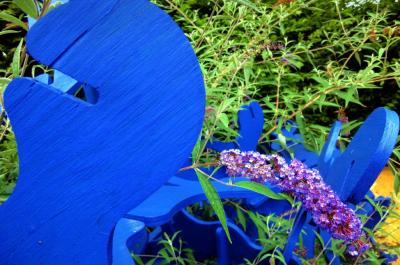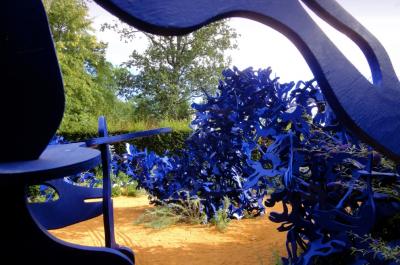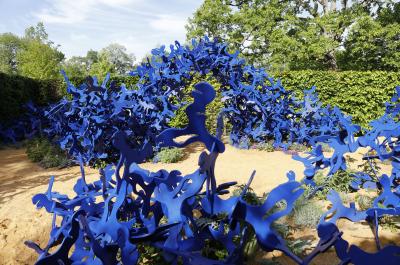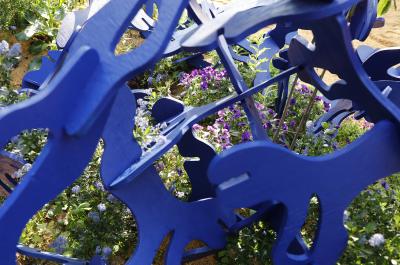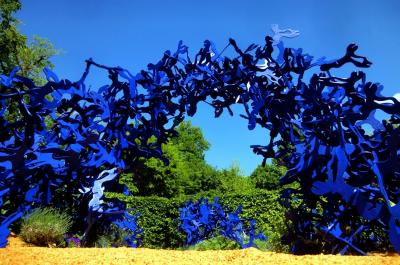03. Le livre de sable
Awarded on the 26th of June 2018 by a jury of professionals renowned in the world of garden art
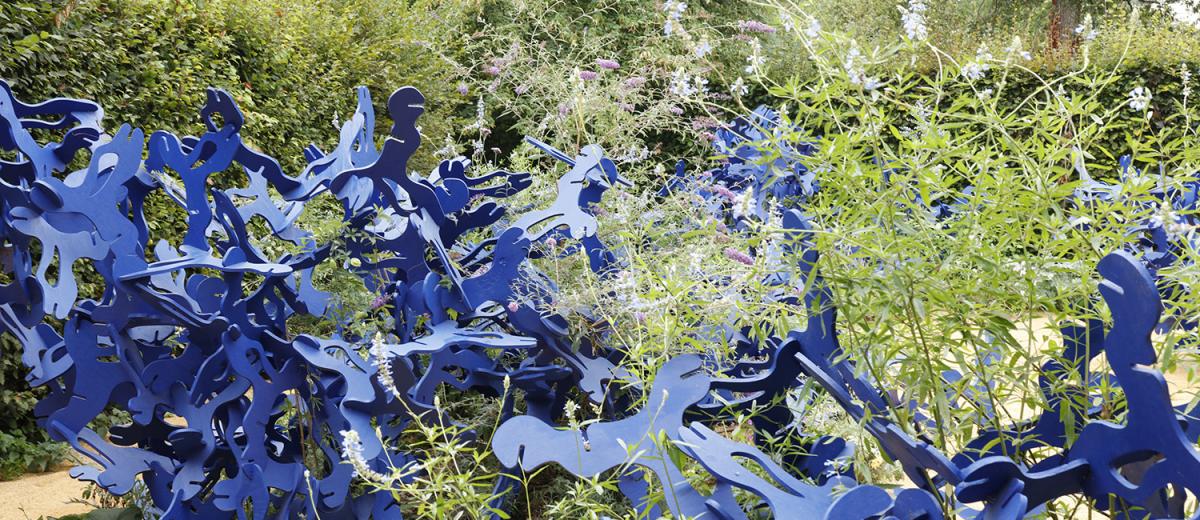
“He told me that his book is called the Book of Sand because neither the book nor sand possesses a beginning or an end.” Jorge Luis Borges, Fictions, The Book of Sand, 1983.
DESIGNERS
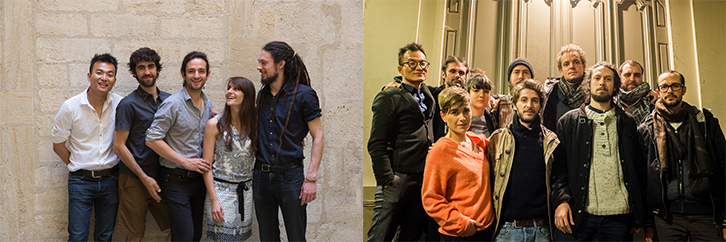
“In our MOONWALKLOCAL COLLECTIVE (with Axel ADAM, Camille RICARD, Lucas GEOFFRIAU, Etienne HENRY and Xin LUO), architecture is a plural affair. It’s always cooperative work, a way of tuning in to alterity. For close to six years now, we’ve focused on providing new ways of creating living spaces. In our projects, we like to explore materials, experiment, and rediscover or redirect construction techniques. We cultivate team spirit, both within our collective and in our relations with partners, contractors and companies on construction sites. We regard architecture as a means of developing ties with those who create it and live it. We therefore see conversation with local inhabitants as of key importance. For us, designing spaces means calling upon our imaginations, making up a story. It means bringing technical skills serving innovation and invention together around a commission. Architecture has indubitable narrative potential; it calls upon, arouses and enriches all our imaginations. We believe that architecture helps bring fresh enchantment to the living environment. No building project exists that does not have its share of daydream about it. The poetry of locations is an essential inspiration in our design process. We want our architecture to generate everyday stories, tales and perhaps even individual and collective mythologies”.
The PAYSAGISTES SANS FRONTIÈRES COLLECTIVE was founded by a group of landscapers and architects (with Étienne ROBY, Benjamin ILLAT, Nicolas BROUSSE, Estelle BRIAUD, Sébastien THOMAS, Hugo LEVERE, Sophie CANU and Jean-Baptiste AUDUBERT). Its members focus on humankind’s relationship with its environment, giving thought to new ways to approaching spatial planning and managing available resources, as well as to incorporating art and culture into these “lived territories”. Their dream is to bring about a world in which living beings and landscapes are all connected and in constant interrelation, where plants, animals and human beings move and meet one another beyond administrative and physical borders. In such a world, each and every local action directly affects the total landscape. The Collective’s practice is social, as it always puts inhabitants at the forefront of its considerations, educational, as it enables exchanges between populations and actors from a variety of cultures and geographical origins, cultural, as it develops knowledge of our environment and promotes French culture abroad, and environmental, as it supports preservation of our territories through action.

